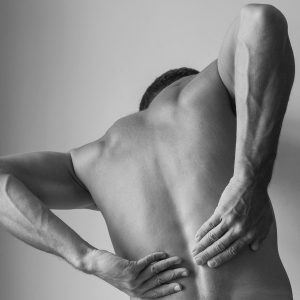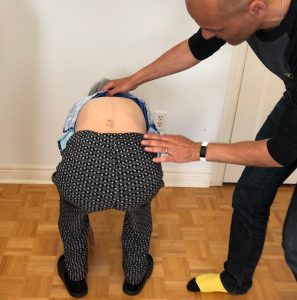In the first half of my PT career I was so focused on finding and fixing a structure that limited my patients forward bending. Of course pain was most often the main issue, but I desperately wanted to know what the exact structure at fault was.

I would mob or manip the facet joints and they’d sometimes improve. I would release psoas and activate their transversus and they’d again sometimes improve. I would teach extensions and neural flossing and they’d sometimes improve.
Now I realize that it was not any of those techniques that helped them bend forward again. It was my ability to unconsciously reduce their fear of bending forward that made them flex again.
“The fear of pain is more disabling than pain itself.” Gordon Waddell
“…pain-related fear results in avoidance behavior that specifically limits or restricts motion of the lumbar spine.” 1
For an excellent reference, read the paper titled, “Pain-related fear predicts reduced spinal motion following experimental back injury” 2, where the researchers demonstrated that individuals with high pain-related fear adopt avoidant spinal strategies, which becomes a risk factor for further pain and disability.

However, look at my grandma today; she bends forward with no worries at all! Perhaps her personality and life attitude to not fear and just move forward may partly explain why at 92 she remains symptom free and can still touch her toes!

